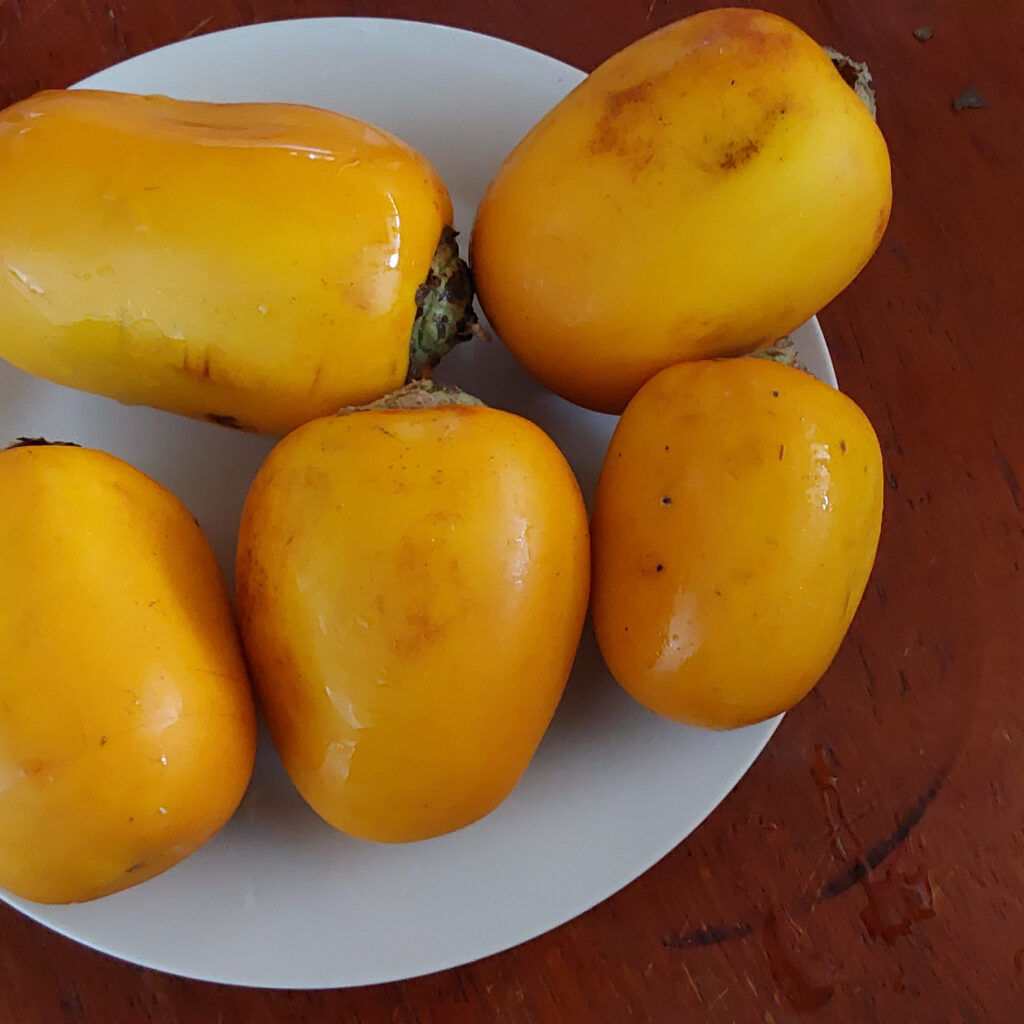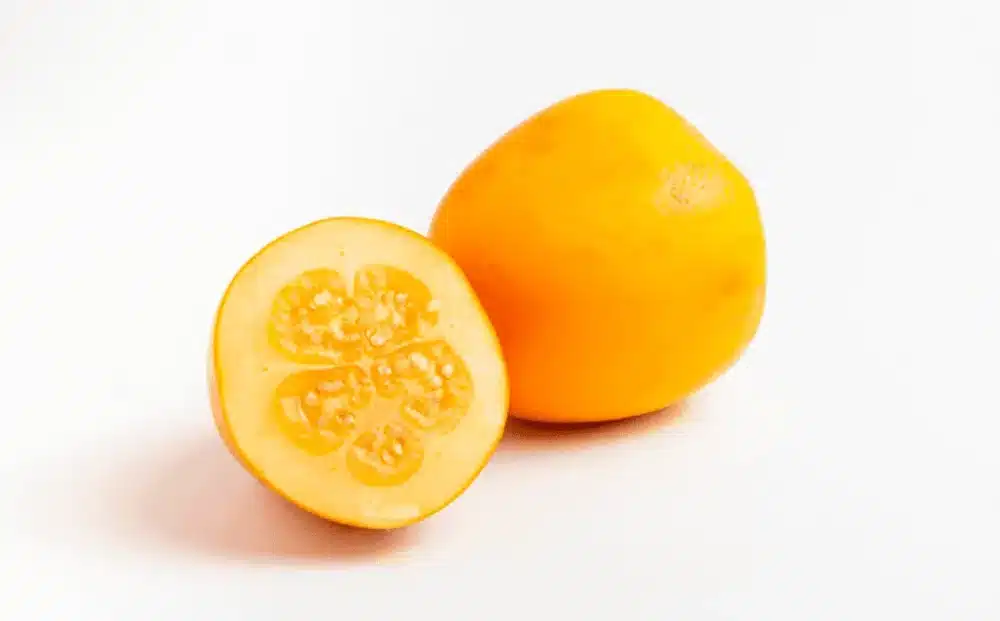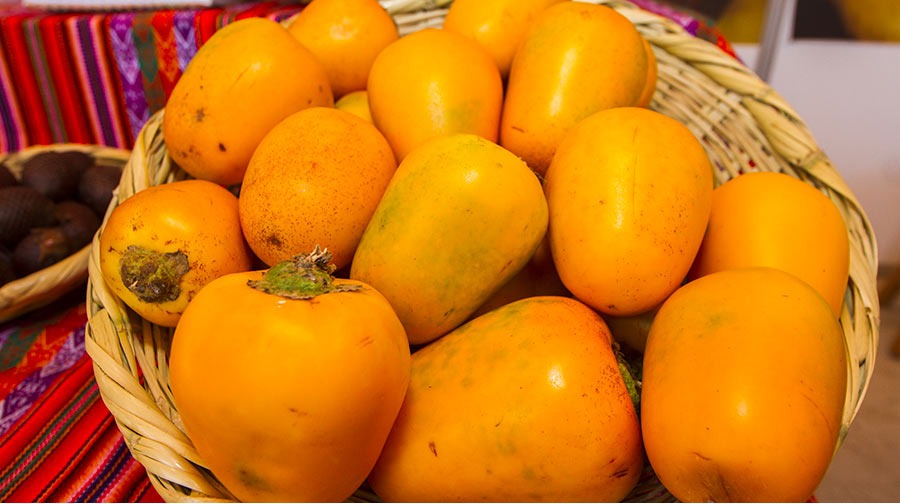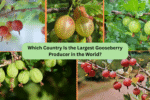In the heart of the Amazon rainforest, among the towering trees and winding rivers, grows a lesser-known but prized tropical fruit: Cocona (Solanum sessiliflorum). Sometimes called the “Amazon tomato” for its appearance and culinary uses, cocona is cherished by the indigenous people of the Amazon basin for its unique flavor, versatility, and health benefits.
While several South American countries cultivate this fruit, one nation stands out as the undisputed leader in cocona production: Peru. In this article, we’ll explore the history of cocona, its growing regions, its importance in local culture, and why Peru has emerged as the world’s largest producer of this tropical treasure.
What Is Cocona?

Cocona is a small, brightly colored fruit native to the Amazon rainforest, closely related to other solanaceous crops like tomatoes, eggplants, and naranjilla. Its appearance varies from round to oval, typically 4 to 8 cm in diameter, and ranges in color from yellow to orange to red when fully ripe.
The flesh of the cocona is tart and aromatic, with a flavor somewhere between a tomato, a lemon, and a passionfruit. Because of its tangy profile, it’s commonly used to make refreshing juices, salsas, jams, and sauces, often paired with spicy Amazonian peppers.
Where Is Cocona Grown?
Cocona thrives in the warm, humid, and shaded conditions of the Amazon basin, growing at altitudes between 200 and 1,200 meters (650–3,900 feet). It’s primarily cultivated in:
- Peru
- Brazil
- Colombia
- Ecuador
- Venezuela
- Bolivia
Though naturally found throughout these countries, it is Peru that has commercialized its cultivation and turned cocona into an important regional crop.
Why Is Peru the Largest Cocona Producer?

Several factors contribute to Peru’s status as the largest cocona producer in the world:
Ideal Climate and Geography
Peru’s Amazonian departments, particularly San Martín, Ucayali, Loreto, and Madre de Dios, provide the perfect environment for cocona cultivation. The consistent humidity, rich rainforest soil, and warm temperatures create an ecosystem where cocona thrives naturally.
Cultural Significance
Cocona has long been a staple in the diets of Peru’s Amazonian communities. Its pulp is used in traditional dishes, juices, and remedies. This cultural importance has kept cocona farming alive and encouraged its expansion beyond small backyard gardens into larger cultivated plots.
Agricultural Investment and Research
Peruvian agricultural institutions have invested in research to improve cocona yields, develop pest-resistant varieties, and promote its commercial potential. Experimental farming and agroforestry systems that include cocona alongside cacao, coffee, and other native crops have boosted its production.
Emerging Domestic and International Market Demand
Peru has recognized the growing international interest in exotic fruits and “superfruits” with unique flavors and health benefits. Cocona’s high vitamin C content and antioxidant properties make it attractive to health-conscious consumers. Peru’s food processing industry has responded by producing cocona-based jams, sauces, and juices for domestic and export markets.
Cocona Production Statistics
While official production figures for cocona can be scarce due to its status as a regional crop, Peru accounts for over 60% of global cocona production, with cultivation covering several thousand hectares in the Amazon basin.
Key production facts:
- Peru leads global production, followed by Brazil and Colombia.
- The main producing regions in Peru are San Martín, Ucayali, and Loreto.
- In high-yield areas, farms can produce up to 40 tons of cocona per hectare per year.
- Most cocona is sold in local markets and processed for juices and jams, though export interest is increasing.
How Is Cocona Grown?

Cocona is typically cultivated by smallholder farmers in Amazonian regions, often alongside other tropical crops like pineapple, guava, and cacao.
Cultivation details:
- Planting: Cocona is grown from seeds or seedlings, typically planted at the start of the rainy season.
- Growth period: Plants begin to flower after 2–3 months and bear fruit within 6–8 months.
- Lifespan: A cocona plant produces fruit for about 2–3 years before productivity declines.
- Harvesting: Fruits are harvested when they reach full color — usually from May to October.
Culinary Uses of Cocona in Peru
Cocona is a versatile fruit with a tangy, refreshing flavor that’s widely used in Amazonian Peruvian cuisine:
- Juices: Fresh cocona juice is a popular refreshment in the Amazon, often blended with sugar and ice.
- Salsas and sauces: Cocona is a key ingredient in traditional “aji de cocona”, a spicy Peruvian sauce made with Amazonian chili peppers.
- Jams and preserves: Its tartness makes it ideal for jams, jellies, and chutneys.
- Medicinal uses: Traditional healers use cocona to treat inflammation, digestive issues, and skin conditions.
Health Benefits of Cocona

Cocona is not only flavorful but also packed with nutrients and medicinal properties:
- Rich in Vitamin C: Supports the immune system and skin health.
- High in antioxidants: Protects cells against oxidative stress.
- Diuretic properties: Helps detoxify the body and manage hypertension.
- Anti-inflammatory effects: Used in traditional medicine to reduce swelling and pain.
These qualities have led to cocona being labeled a superfruit in health food circles.
The Future of Cocona in Peru
Cocona’s potential is just beginning to be realized beyond the Amazon basin. Several trends are positioning it for growth:
- Growing health food market: Cocona is being marketed alongside other Andean and Amazonian superfruits like camu camu and aguaje.
- Eco-tourism and Amazon cuisine: With increasing interest in authentic Amazonian experiences, cocona is featured in restaurants and cooking classes in cities like Iquitos and Tarapoto.
- Export opportunities: Peru is exploring frozen cocona pulp exports and value-added products like jams and hot sauces for international markets.
- Agroforestry initiatives: Cocona is being planted in combination with timber and cacao trees in sustainable farming systems to support biodiversity and forest conservation.
Other Cocona-Producing Countries

While Peru dominates, cocona is also grown in:
- Brazil: Particularly in the Amazon region around Manaus.
- Colombia: Where it’s known as topiro and grown for local markets.
- Ecuador and Bolivia: Small-scale cultivation in indigenous communities.
However, none match Peru’s volume, market integration, or value-added processing capabilities.
Conclusion
So, which country is the largest cocona producer in the world? The clear answer is Peru. Thanks to its ideal Amazonian climate, deep cultural connection, thriving regional markets, and increasing international interest, Peru stands as the global leader in cocona production.
As consumer demand for exotic, nutrient-rich superfruits continues to rise, cocona’s unique flavor, health benefits, and culinary versatility position it as a promising export crop for Peru. Whether enjoyed in a fresh Amazonian juice or as a fiery chili sauce, cocona is a vibrant reminder of the rich biodiversity and culinary traditions of the Peruvian Amazon.
Would you like me to format this as a blog post draft with meta descriptions and suggested keywords as well? I’d be happy to help!Tools





Leave A Comment